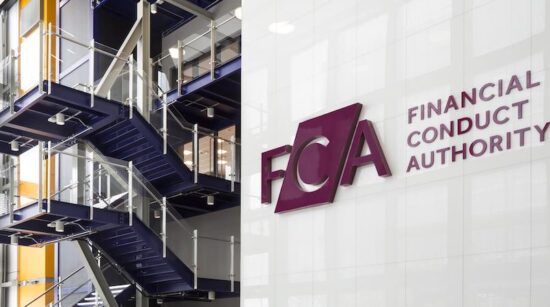As ever, the key to sound tax planning is ensuring that the non-contentious reliefs that are available are being utilised. Is your client using their personal allowance, capital gains annual exemption and their ISA subscription?
If they have surplus income, and this is a recurring theme, is there the opportunity for them to undertake inheritance tax planning to use up this surplus income and ensure that their chargeable estate does not increase? Is now the time for your client to look at a nil rate band trust? These allowances are valuable and any sound wealth planning encompasses the basics.
Charitable gifts are a popular way to minimising a tax liability – an often overlooked point is to ensure that if a married couple are making a charitable donation and there is a discrepancy in their tax rates, that the higher rate taxpayer makes the gift to ensure that the relief can be claimed.
VCTs, EIS
Tax efficient investments such as venture capital trusts and enterprise investment schemes are always useful to minimise a tax liability.
The client must be comfortable with the level of investment risk they are taking and the lock-in period, but from a purely tax perspective, these are attractive offering 30%/20% upfront income tax reductions respectively. It is also worth noting that EIS investment can be made after the end of the tax year and carried back if the client does not get around to making the investment before April.
The pension rules have changed again in this tax year, so it is worth having a conversation with your client; the likelihood is that with all the uncertainty, they have not made any contributions in the current tax year nor are aware of what can be contributed from 6 April – some clients will be surprised by the amounts that can go into a pension from 6 April.
Although the rules have become less attractive in terms of relief on pension contributions, the tax-free environment offered by a pension wrapper is still appealing.
For clients with benefits tied up in an employee benefit trust, the consultation period following the draft changes has now closed and we await the final legislation with interest. Currently, clients are sitting tight, waiting to see what the changes to the draft rules will be.
There may be a limited planning window between the publication of the updated changes and the beginning of the new tax year, so those affected should be reviewing their position now and thinking about what they want to do with funds comprised within this type of structure.
For non-domiciled individuals, if they have chargeable gains to remit, have their affairs been reviewed – there may be scope to remit gains now and pay 18% capital gains tax rather than 28% if remitted in the next tax year.
Similarly, for trustees of non-resident trusts, if gains are treated as arising to a UK resident settlor or beneficiary (under the anti-avoidance provisions) is there scope for these gains to be realised and distributed before the end of the tax year to crystallise a gain at 18%?
Timing is key at the end of the tax year – clients looking to realise gains should consider the timing of any disposal – a disposal on 6 April gives an extra year before the tax is payable, which can be valuable for cash-flow planning.
Individuals looking to leave/return to the UK should be mindful of the tax year – whilst some of the tax rules follow day counting, rules such as the deemed domicile provisions look at tax years of residency.
Waiting until after the start of the new tax year will give someone coming into the UK extra time before they are treated as deemed Domiciled in the UK in the future.








